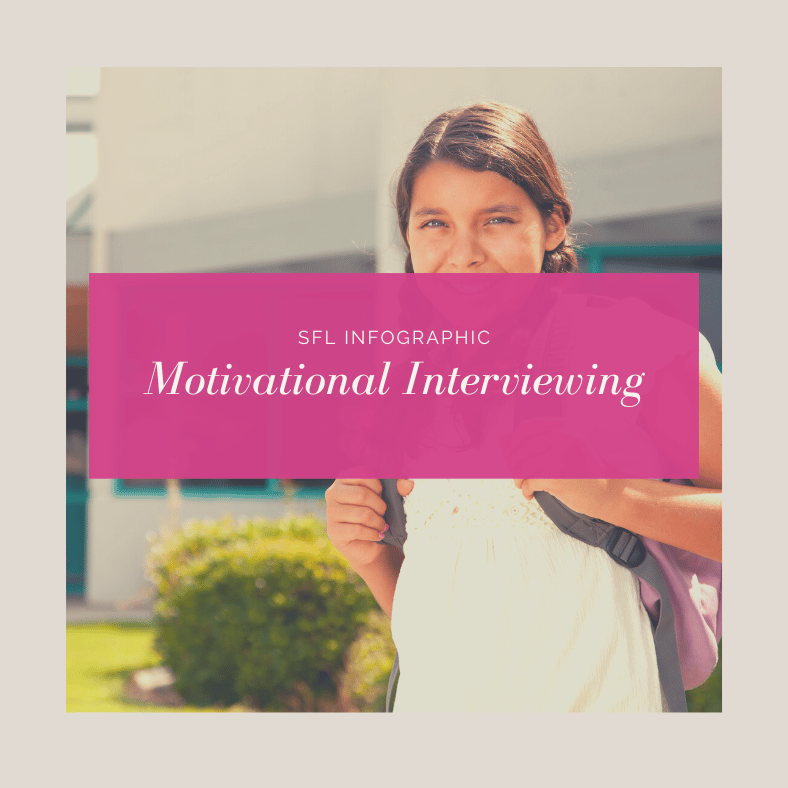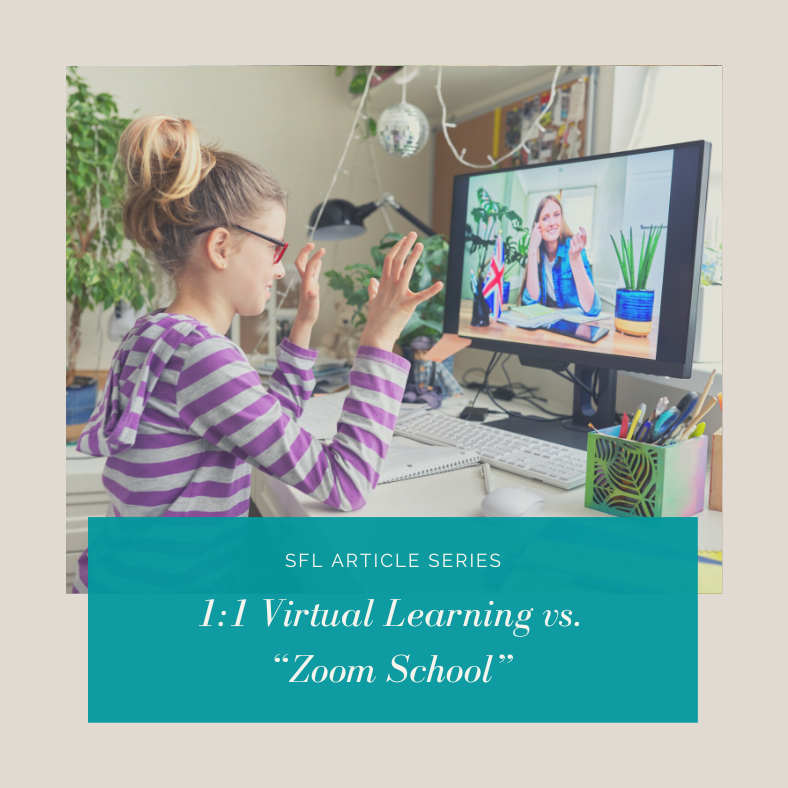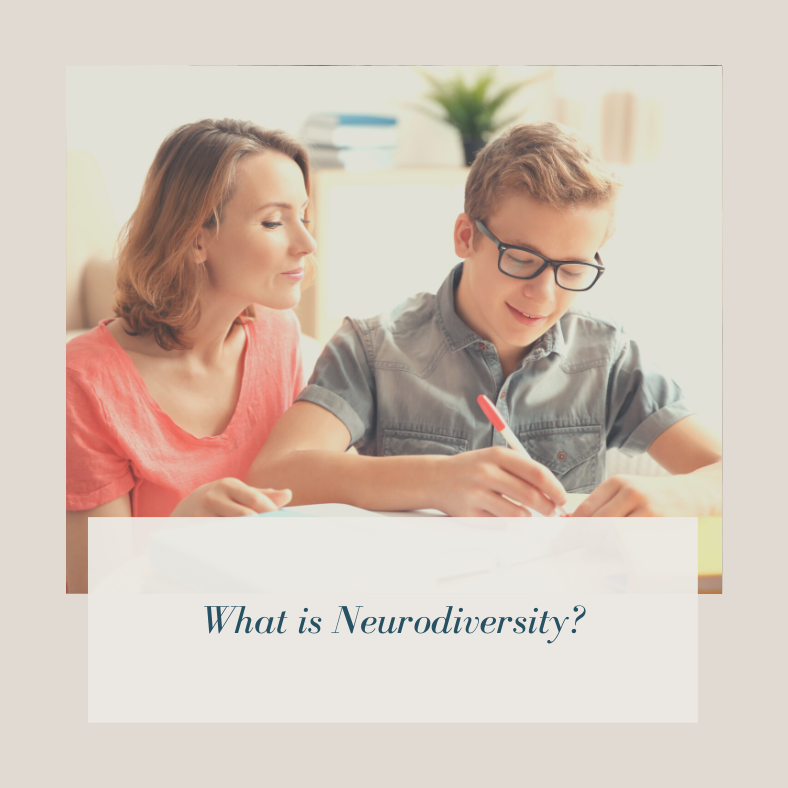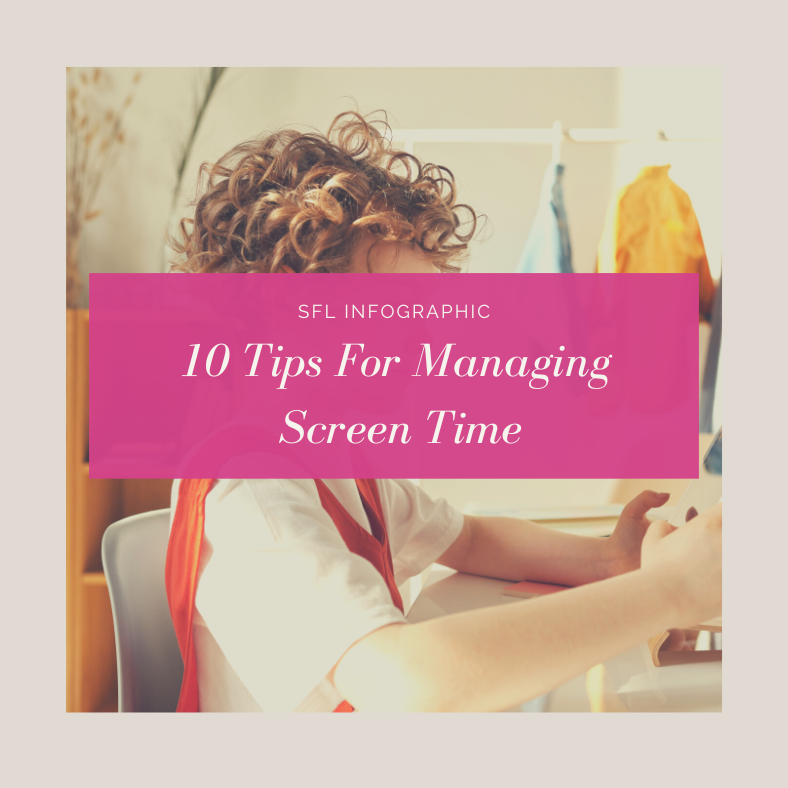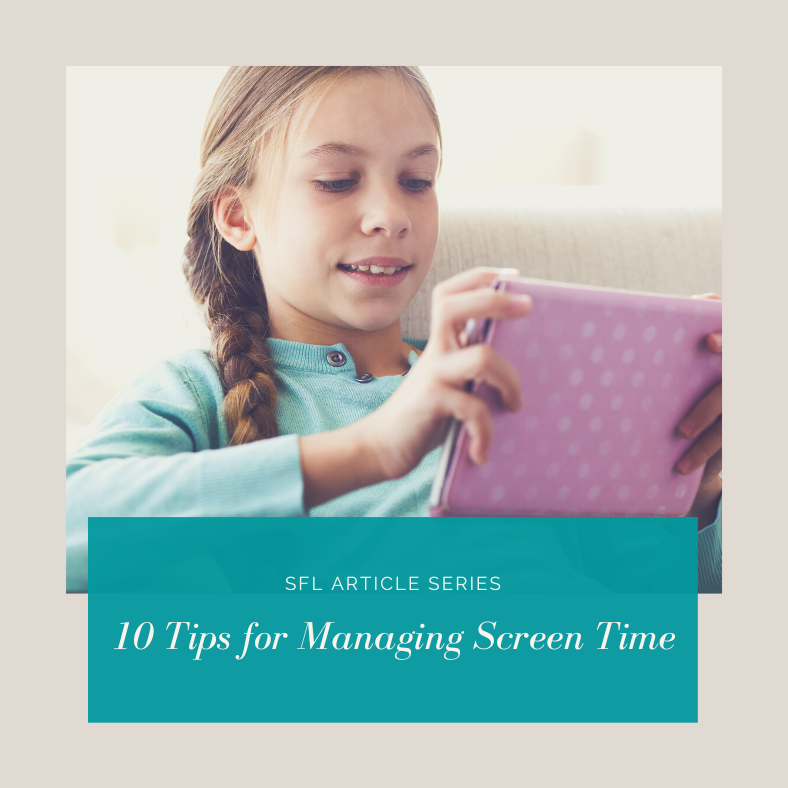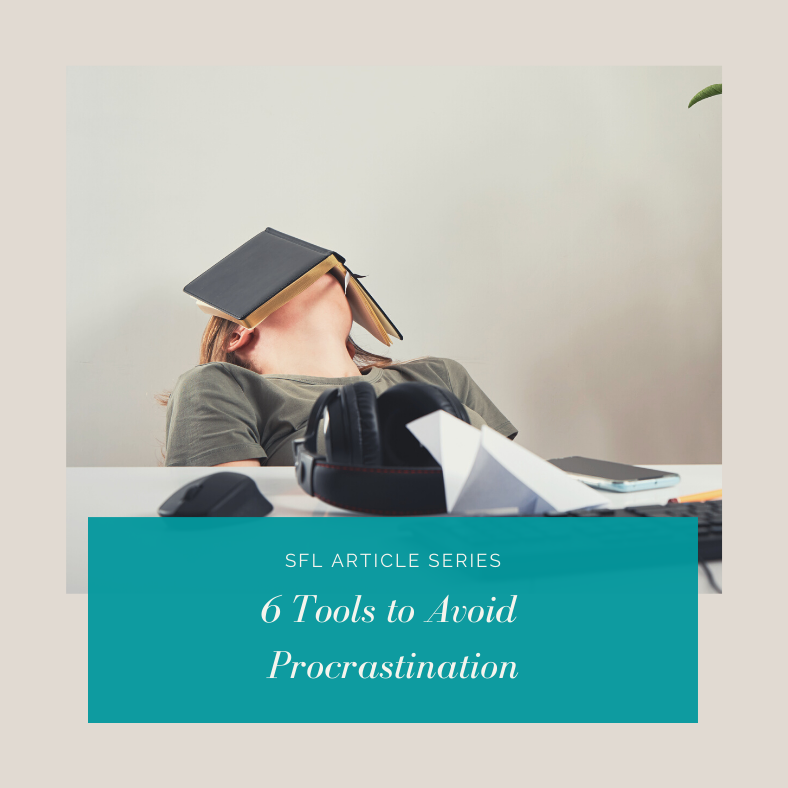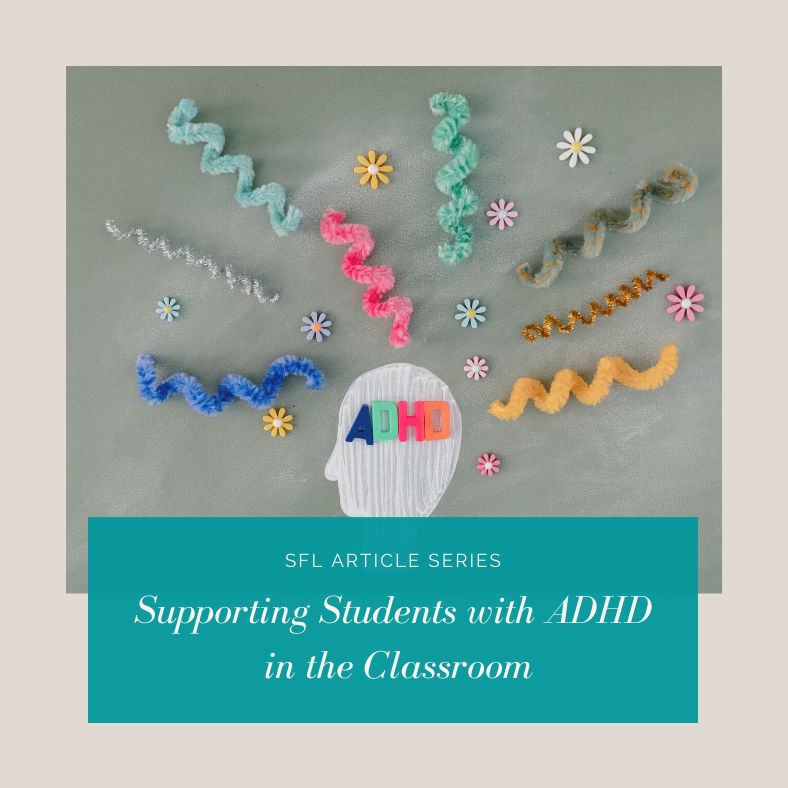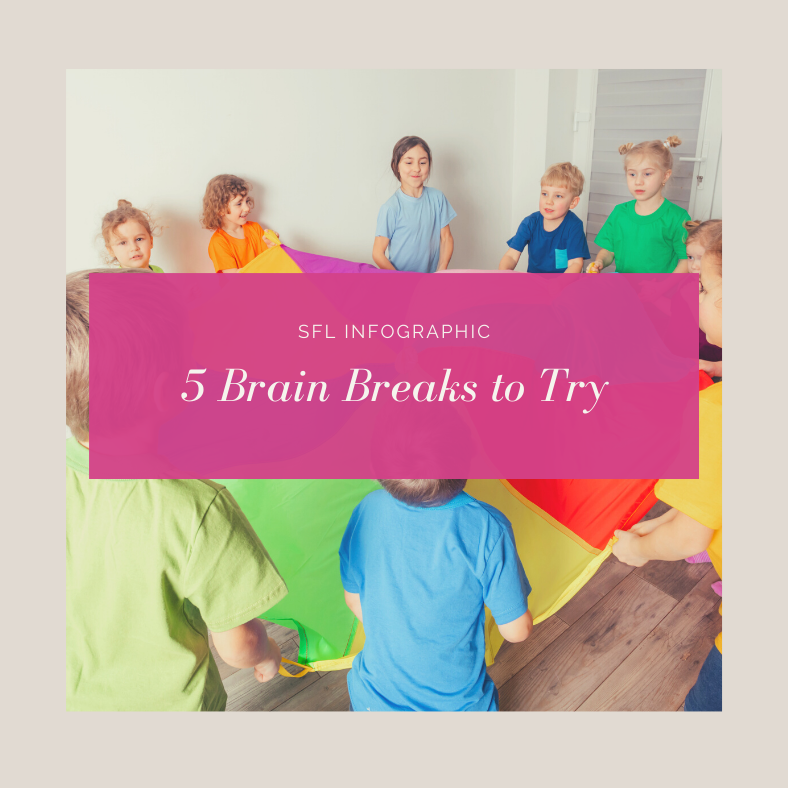No products in the cart.
Tips on Preparing for Your Child’s Annual IEP Meeting
Preparing for an Individualized Education Program (IEP) meeting can be a confusing process for parents and guardians who wish to advocate for their child's educational needs.
Motivational Interviewing (Infographic)
MI is a student-centered coaching approach that can help unmotivated students tap into their inner motivation and reach their full potential.
1:1 Virtual Learning Vs. “Zoom School”
Many parents may believe that virtual schooling will never work for their child after experiencing “Zoom school”. However, not all virtual learning experiences are created equal.
What is Neurodiversity?
Neurodiverse learners are individuals who have neurological conditions or differences that affect their learning and cognitive abilities.
10 Tips for Managing Screen Time (Infographic)
Give 10 and 5-minute warnings when screen time is coming to an end. This allows your child ample time to wrap up a final video, game, or chat with friends.
10 Tips for Managing Screen Time
Schedule decompression time for your child or teen each day. This is a time when technology is fully on limits (within whatever parameters your family has in place).
Improve Sustained Attention (Infographic)
Build in a variety of activities during a designated work
time with choices. Try Incorporating multi-sensory techniques, movement breaks, and games too.
6 Tools to Avoid Procrastination
Do you find that your teen puts off studying until the night before the big exam? Maybe you find your child on the phone with friends instead of researching the project that is due within a week. Let’s face it, we all struggle with procrastination at times, so why would our kids be any different?
ADHD Accommodations in the Classroom
Think of what the school setting requires children to do: Sit still, listen quietly, pay attention, follow instructions, and concentrate. These are the very things kids with ADHD have a hard time doing—not because they aren’t willing, but because their brains won’t let them.
5 Brain Breaks to Try (Infographic)
Research shows periodic brain breaks can boost productivity, increase attention, reduce stress and improve memory.
Blog Posts
- Anxiety and Stress (17)
- Assessments (6)
- Attention and ADHD (37)
- College Readiness (13)
- Dyscalculia (12)
- Dyslexia (17)
- Educational Therapy (28)
- Executive Function (59)
- IEP and 504 Plans (18)
- Interviews (9)
- Literacy & Reading (30)
- Math (23)
- News & Events (28)
- Written Expression (9)
Strategies for Learning, Inc.
3 Grand Ave. Suite 425
Oakland, CA 94610
510-900-3889


